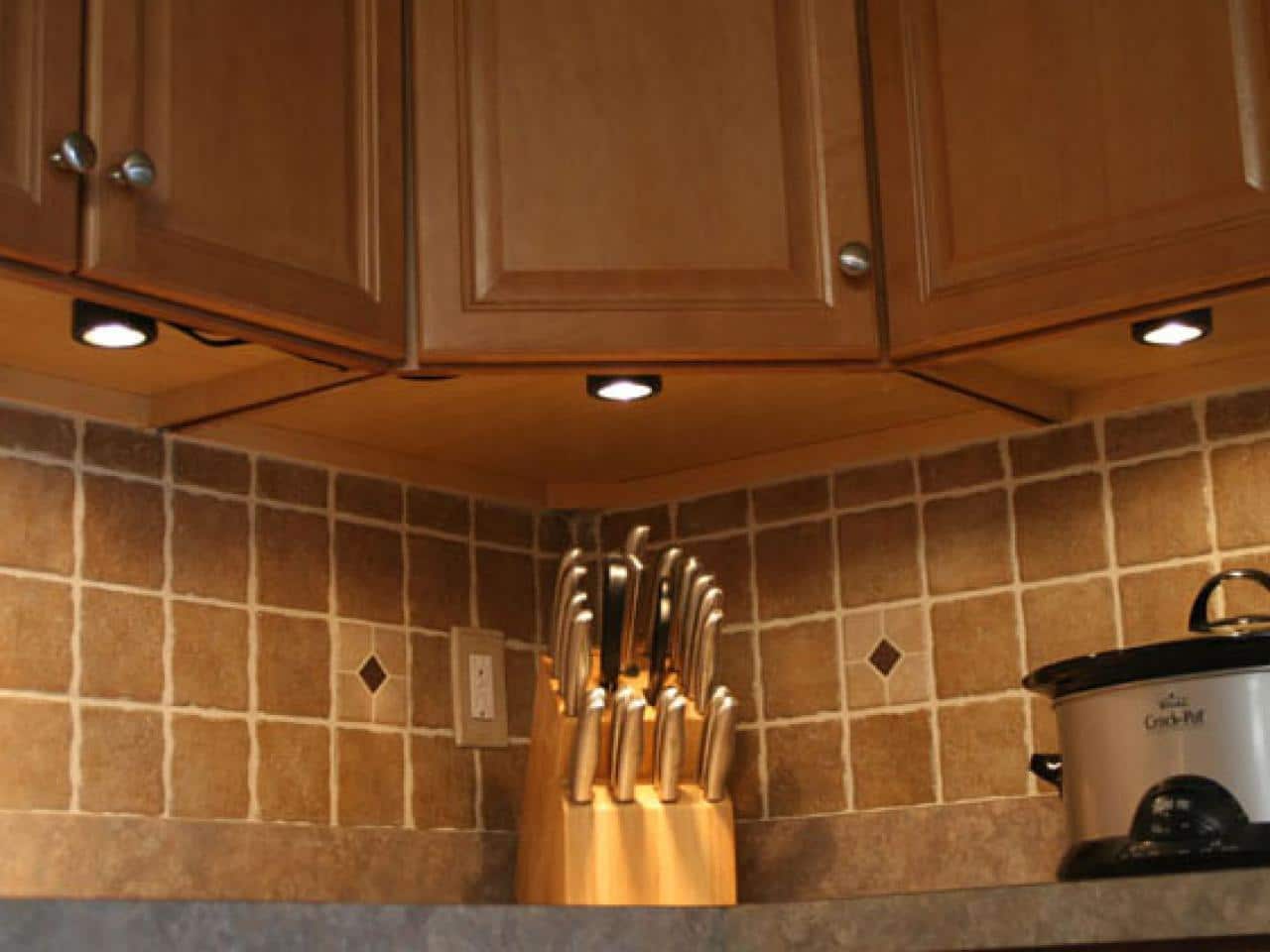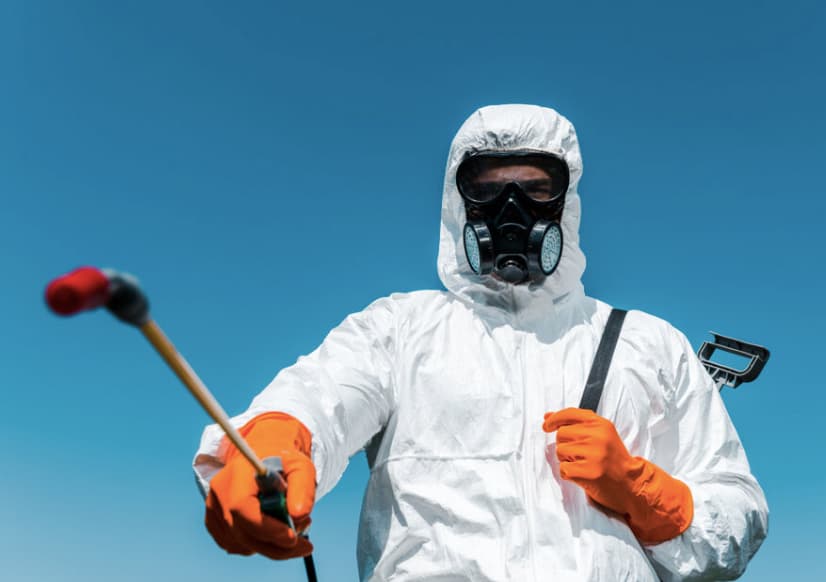If your pipes are clogged, leaky, or otherwise damaged, you need to get them repaired. But traditional pipe replacement can cost you thousands of dollars, disrupt your life and cause other problems like dirt infiltration and a weakened foundation. Fortunately, there’s an alternative. Determine why trenchless sewer pipe lining is more cost-effective than replacing old pipes.
Less Downtime
A damaged sewer pipe can cause severe damage to your home. It can result in water leaks, basement flooding, foundation cracks, and more. Replacing it takes a lot of time, money, and energy. You must shut off your home’s water supply, deal with loud equipment and exhaust fumes, and pay for landscaping afterward. Luckily, trenchless technology like sewer pipe lining can fix these problems quickly and inexpensively. This method involves installing a new inner liner inside the old one and creating a new complex and durable pipe within the existing one. The CIPP process uses a special epoxy resin to repair and strengthen the existing pipe so it won’t break or leak. The lining also increases your home’s water flow capacity. The resulting pipes last much longer than traditional metal ones and are less likely to get damaged. However, you should expect limited water and sewer access for a few hours during the relining process. The odor may also smell like plastic or glue for a short time during this period, but it will dissipate once the work is done.
Less Excavation
A conventional pipe replacement would involve the following:
- Digging up your yard.
- Tearing up driveways and sidewalks.
- Potentially having to remove or replace your trees and garden.
Trenchless methods like pipe lining eliminate all of that.
Pipe lining involves:
- Pushing a flexible liner into the old pipes.
- Inflating it.
- Heating turns it into a durable, rock-hard pipe that resembles your existing one.
The result is a new pipe that can resist future cracks and blockages, is more impervious to tree roots, and is less likely to have leaks. This trenchless process can be done in a day or two, which saves you time and money. You only have to limit your water and sewer use while the contractor works, which is usually okay for most people. You may notice an odor that smells like plastic or glue, but it will dissipate quickly once the process is finished. Trenchless experts can help you determine if your home is eligible for CIPP piping and what preparations will be needed.
Longer Life
Your sewer pipes can develop cracks and leaks due to age or wear and tear. When left unchecked, these issues can lead to expensive water bills, basement flooding, and damage to your property’s foundation. Thankfully, plumbers can repair these problems without digging up your yard or disrupting your daily routine with sewer pipe lining solutions. Unlike traditional sewer repairs, sewer pipe lining is a minimally invasive alternative that can often be completed in one day. A plumber installs a durable liner inside your pipe, creating a new inner coating that covers any cracks and leaks. To do this, the plumber cleans out your old pipe and then lays a flexible liner filled with epoxy resin inside of the pipe. Next, they insert a bladder inside the liner and inflate it to force it up against the walls of your existing pipe. Then they expose it to heat or UV light until it cures, creating a new, internal solid pipe wall coating. Plumbers then reinstate any sewer service lateral connections and test the fixed liner to ensure it functions properly.
Less Waste
During traditional sewer repair methods, large sections of damaged pipe must be removed and sent to the landfill. In addition, construction requires a lot of supplies like water that is used in significant quantities. Trenchless sewer pipe lining uses less material, reducing waste and supply consumption. Using the right techniques, proper sewer pipe lining can also be eco-friendly. The epoxy resin doesn’t leak chemicals into groundwater and is for surrounding trees, plants, and wildlife. This makes it an excellent choice for homes near the public sewer line. For homeowners who need to repair a single location of damage, choose slip lining or internal pipe coating. This method uses a felt tube with epoxy inserted into the damaged pipe. It is then inflated, which allows the epoxy to take shape and become the new pipe. This method works best for pipes with minor leaks or small cracks. However, it cannot address sagging, bellying, or other structural issues. In addition, it could be better for homes with tree roots.
Less Money
Most homeowners’ insurance policies cover part of the cost of sewer line repairs. When you consider that trenchless repair is usually half the price of replacing a damaged pipe, your claim and out-of-pocket expenses can be significantly lower. Additionally, CIPP lining and other trenchless technologies often take less time than traditional repairs, further cutting labor costs. Trenchless technicians use a felt tube saturated with epoxy to enter the damaged pipe, which is then inflated and steam-cured. This results in a durable, long-lasting inner wall coating lasting decades. In addition to protecting the pipes from further damage, this new coating can help them resist corrosion and clogs. In addition to saving you money, the trenchless lining can also help protect your yard, driveway, or lawn from the mess and eyesore of extensive excavation. This is especially important if you have a front or back yard that you want to keep nice and intact. Lastly, because fewer crew members are needed for trenchless lining, it is generally a one-day job that can be completed much faster than traditional methods.



